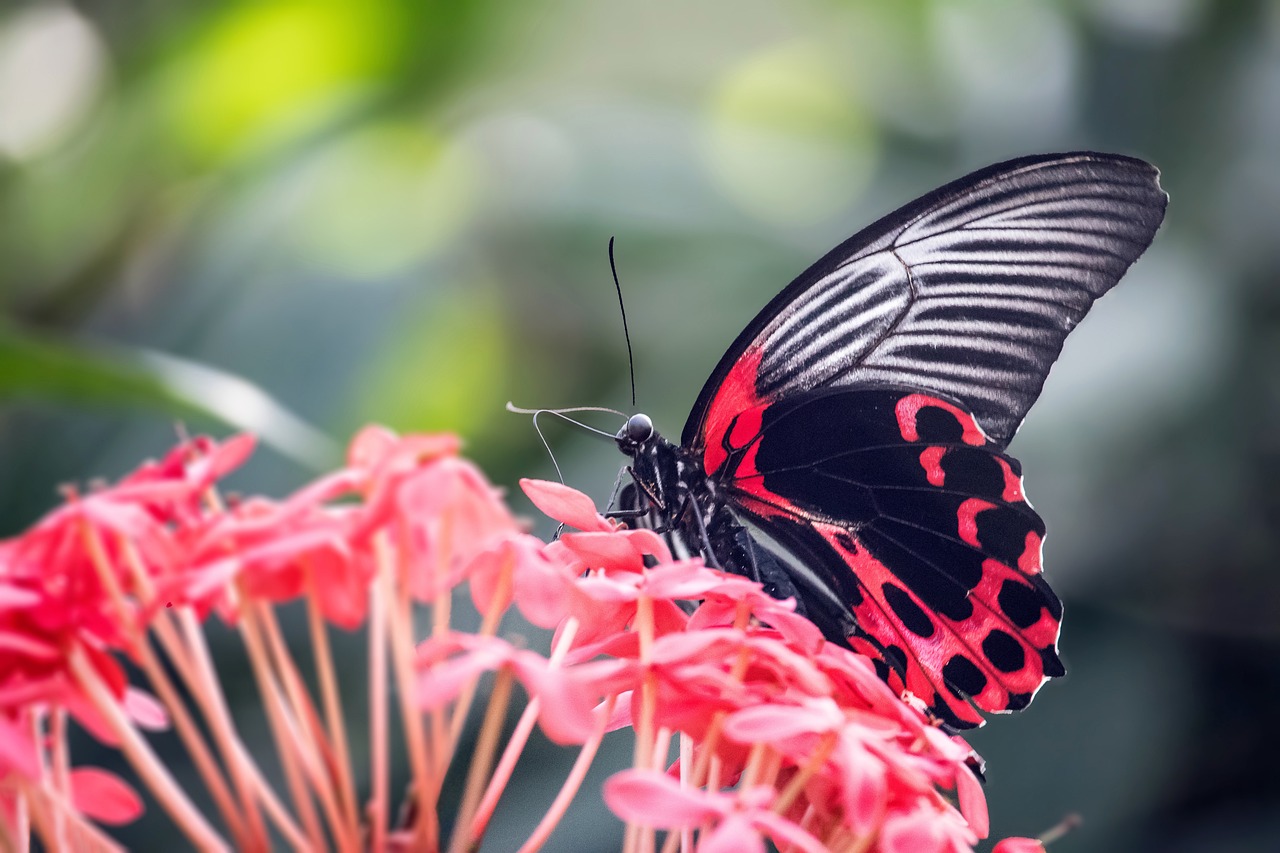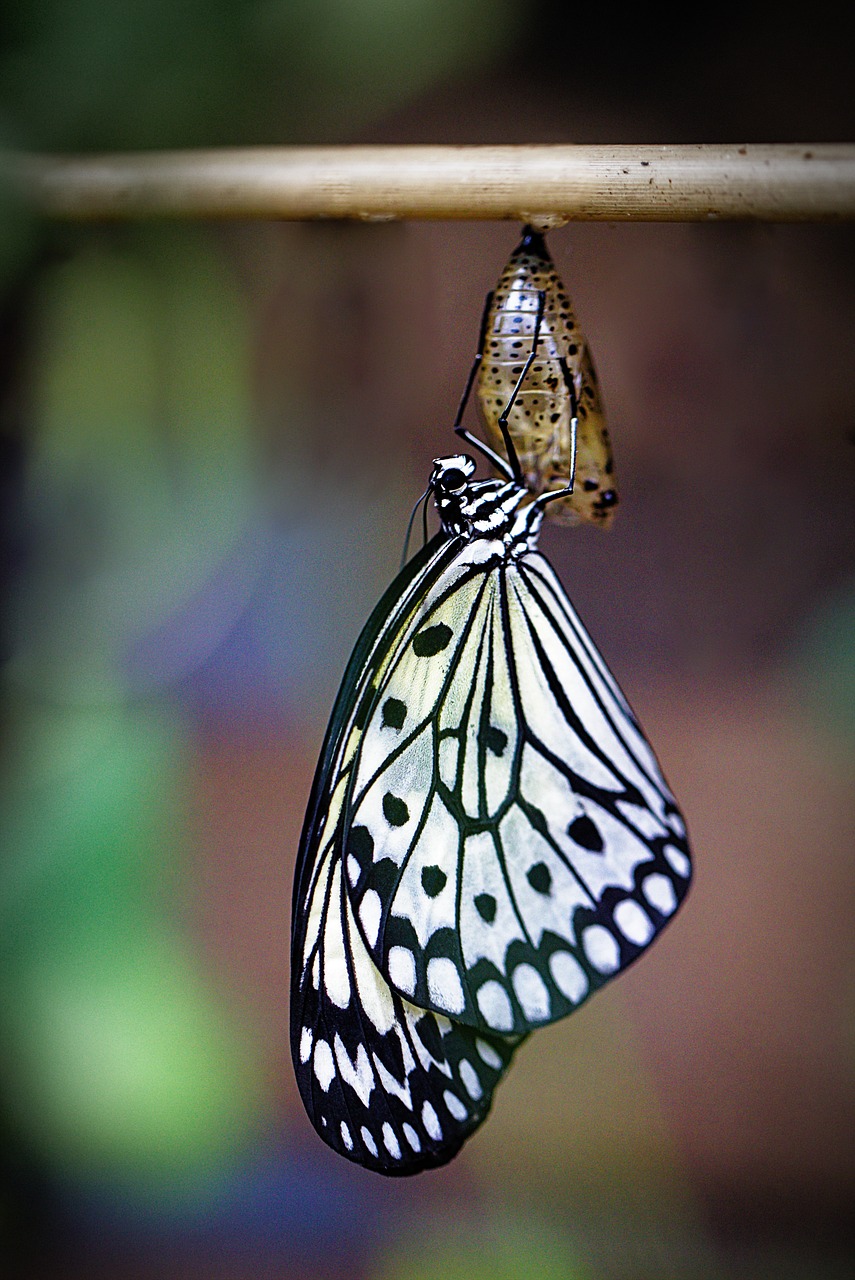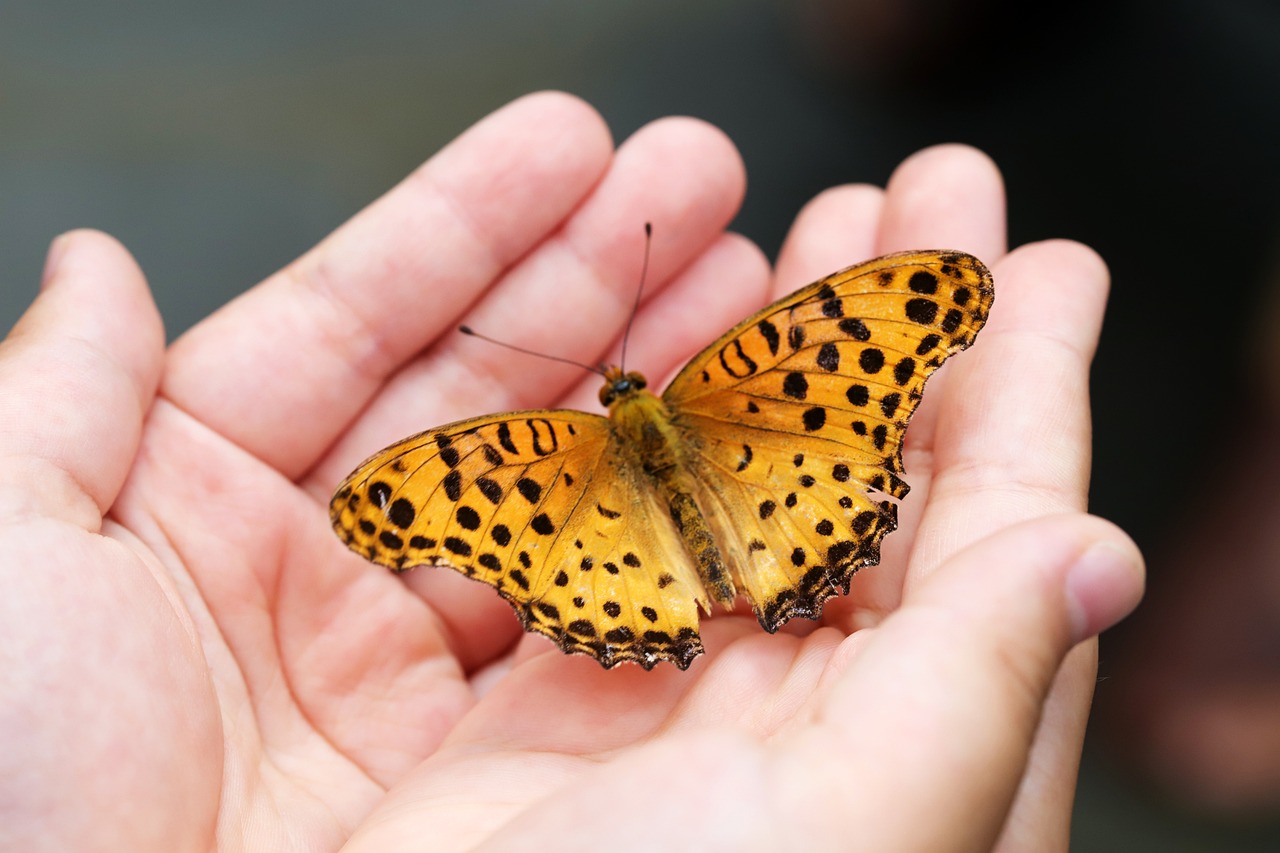
Butterflies are among nature’s most delicate and vibrant creatures. Classified under the phylum Arthropoda, class Insecta, and order Lepidoptera, they encompass over 20,000 species worldwide.
In Nepal alone, 692 species of butterflies have been recorded. These silent pollinators are integral to maintaining ecosystems, yet they face growing threats from habitat destruction and climate change. Conserving butterfly-friendly plants is critical to ensuring their survival.
Understanding butterflies
Butterflies captivate with their colourful wings and silent grace. Their life cycle consists of four stages: eggs camouflaged on host plants, caterpillars with voracious feeding behaviour, solitary pupas, and fully formed adult butterflies. Male butterflies often exhibit more vibrant colours than females, showcasing sexual dimorphism.

Butterflies are often confused with moths, but there are distinct differences. Butterflies have clubbed antennae, are typically diurnal (active during the day), and display more vibrant colours. Moths, on the other hand, lack clubbed antennae and are mostly nocturnal.
Historical insights
The evolution of butterflies dates back to the Paleocene epoch, approximately 56 million years ago. With two major superfamilies, Hedyloidea and Papilionoidea, these insects have adapted to various habitats. Pioneering naturalist Maria Sibylla Merian, a 17th-century artist, laid the foundation for understanding their life cycle, contributing significantly to the fields of entomology and ecology.
Importance of butterflies

Butterflies play a vital role in pollination, making them indispensable for plant reproduction. They inhabit diverse environments, from riverbanks to forests, gardens, and open grasslands. Butterflies are a crucial part of the ecosystem, serving as food sources for birds and other animals while fostering a mutualistic relationship with plants. For example, host plants provide essential support for eggs, larvae, and pupas, while nectar-bearing plants sustain adult butterflies.
Threats to butterflies
Butterflies face numerous challenges, primarily due to habitat destruction and climate change. These threats disrupt their life cycle and the availability of essential host and nectar plants. Climate change, marked by long-term shifts in temperature and precipitation, affects butterfly populations by causing regional extinction of certain host plants.
Butterflies, which are climate change indicators, have varying lifespans ranging from 3-4 months to 7-8 months, depending on the species. Host plants are crucial for egg-laying, larval feeding, and pupal development, while nectar-bearing plants provide vital nutrients for adult survival. Migratory species like the Monarch butterfly are particularly affected by environmental changes.
Key host and nectar-bearing plants
Important Host Plants:
- Milkweed (Asclepias spp.): Supports Monarch butterflies.
- Cassia (Cassia spp.): Hosts Sulphur and Orange-barred butterflies.
- Parsley, Dill, Fennel (Apiaceae family): Attracts swallowtail butterflies.
- Passionflower (Passiflora spp.): Hosts Zebra Longwing and Julia butterflies.
- Nettle (Urtica dioica): Supports Red Admiral and Peacock butterflies.
Essential Nectar-Bearing Plants:
- Butterfly Bush (Buddleja spp.): Attracts a variety of butterflies.
- Lantana (Lantana camara): Known for its vibrant blooms.
- Marigold (Tagetes spp.): Easy-to-grow nectar source.
- Zinnia (Zinnia spp.): A favorite among many species.
- Goldenrod (Solidago spp.): Supports migrating butterflies like Monarchs.
Native Plants in Nepal:
- Bauhinia (Tita sware): Host for various species.
- Amaltas (Cassia fistula): Dual-purpose as a host and nectar plant.
- Rudilo (Vitex negundo): Nectar source.
- Gulancha (Clerodendrum indicum): Both host and nectar plant.
- Nettle (Girardinia diversifolia): Host for Red Admiral butterflies.
Creating butterfly-friendly habitats
A butterfly-friendly environment can be cultivated by:
- Planting a mix of host and nectar plants.
- Ensuring continuous blooming throughout seasons.
- Including native species for best results.
- Reducing pesticide use and mitigating pollution.
Urgent call to action
To ensure the survival of butterflies and their role in ecosystems, immediate steps are necessary:
- Increase Green Spaces in Urban Areas: Nepal’s cities lack proper planning, leading to habitat destruction. Urban authorities should prioritize green spaces for biodiversity conservation.
- Establish Research Centers: Nepal’s rich butterfly diversity offers immense research potential. Universities and research institutions should focus on studying butterfly species and their ecological significance.
- Promote Community Engagement: Households and communities can contribute by planting nectar-bearing plants and participating in conservation initiatives. Programs like Butterfly Watchers Nepal’s butterfly-watching events and Himalayan Patrol Pollinator on iNaturalist are commendable efforts.
Butterflies are not just symbols of beauty but critical components of ecosystems. By understanding their significance and addressing the threats they face, we can ensure their survival. Conservation efforts must focus on creating habitats, fostering research, and raising awareness about the importance of butterflies. Protecting these silent pollinators is a step towards preserving the delicate balance of our natural world.


















